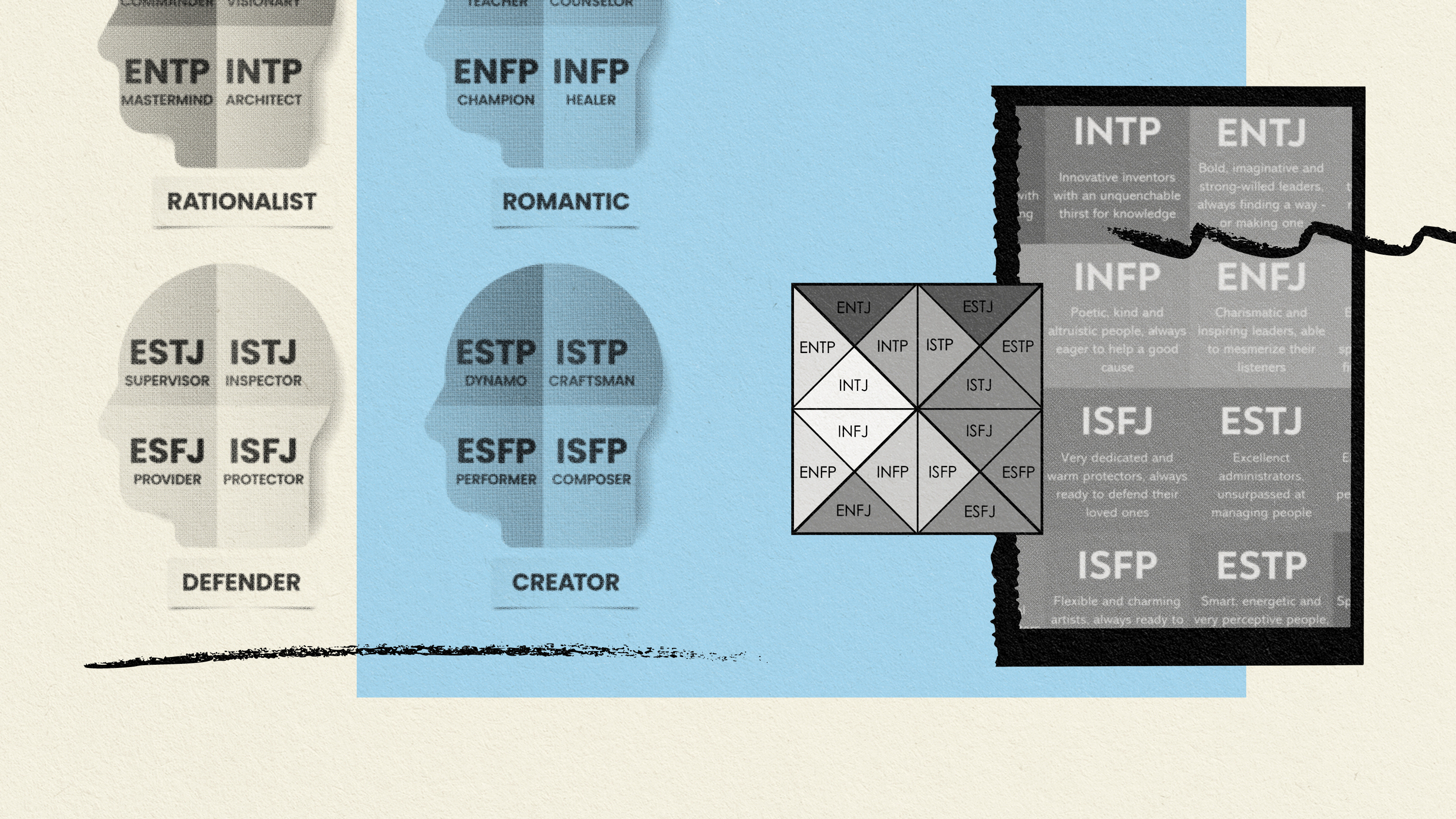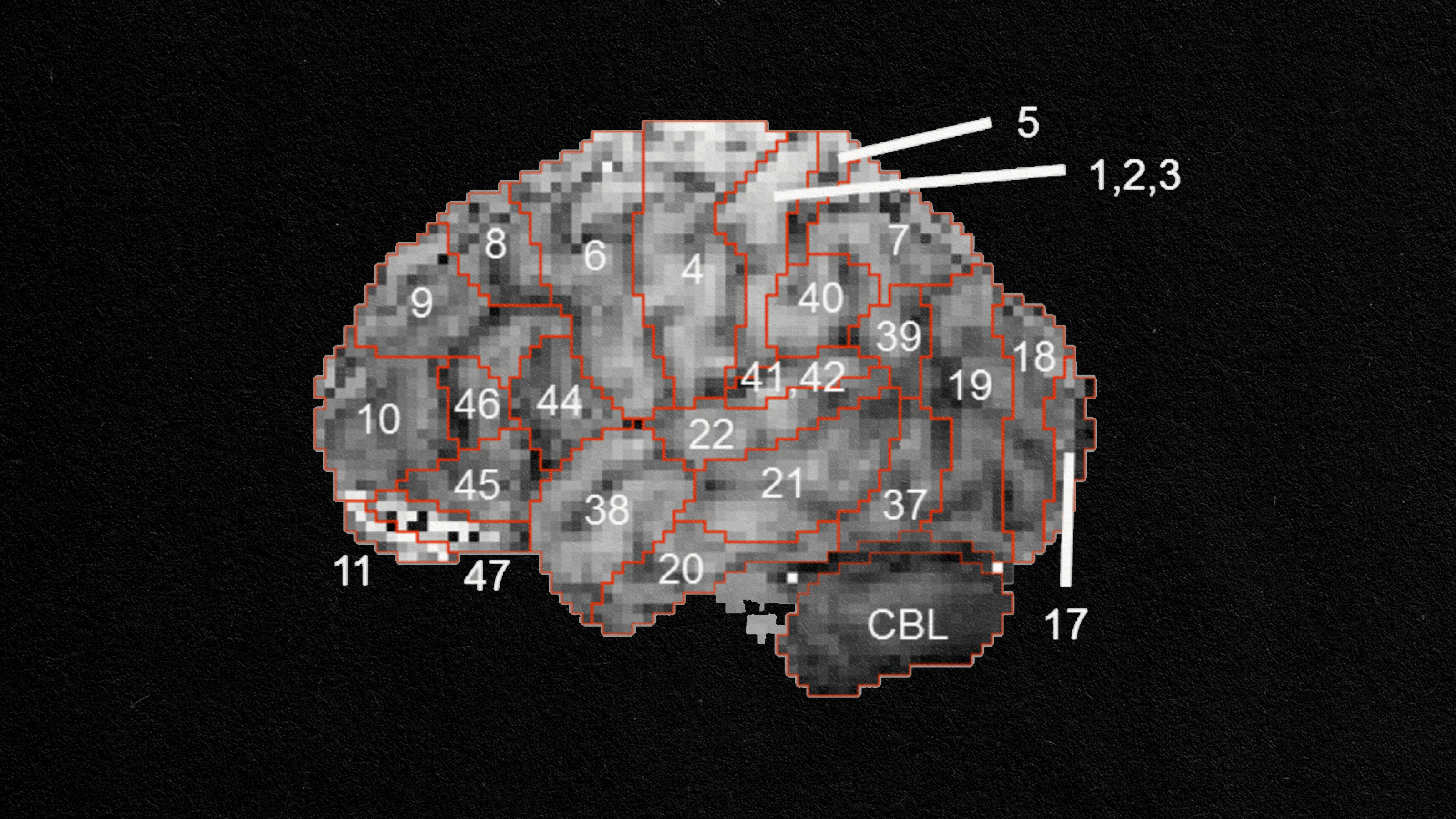Here are the U.S. states with the highest prevalence of psychopaths

- The study estimated psychopathy prevalence by looking at the prevalence of certain traits in the Big Five model of personality.
- The District of Columbia had the highest prevalence of psychopathy, compared to other areas.
- The authors cautioned that their measurements were indirect, and that psychopathy in general is difficult to define precisely.
A new study estimated the prevalence of psychopathy in the 48 contiguous states and the District of Columbia.
How can you identify psychopaths? It’s difficult, but research provides a few clues, such as that psychopathic tendencies are more common in:
- Men
- Younger people
- Professions such as CEOs, lawyers and politicians
Psychologists have used different diagnostic tools to measure psychopathy over the decades. Today, the leading tool is the Hare Psychopathy Checklist-Revised (PCL-R), which measures traits such as pathological lying, impulsivity, parasitic lifestyle and lack of remorse or guilt. But psychopathy can be measured in other, more indirect ways, too.
One example is the triarchic model of psychopathy, which says the disorder stems from a combination of the personality traits disinhibition, boldness and meanness. In the recent study, the researchers used that triarchic definition of psychopathy, but mapped it onto the Big Five model of personality, which includes the traits conscientiousness, openness, neuroticism, extraversion and agreeableness.
“Boldness corresponds to low neuroticism and high extraversion, meanness corresponds to low agreeableness, and disinhibition corresponds to low conscientiousness,” the researchers write.
To measure psychopathy across the 48 contiguous states and Washington, D.C., the researchers used state-level Big Five data from a previous study. The results consistently showed that people in rural areas tended to be less psychopathic, while urban areas were more psychopathic. Scoring highest in psychopathy, perhaps unsurprisingly, was the District of Columbia.
“The District of Columbia is measured to be far more psychopathic than any individual state in the country, a fact that can be readily explained either by its very high population density or by the type of person who may be drawn to a literal seat of power,” the researchers wrote.
Regionally, psychopathy was clustered in the Northeast, with Maine as the most psychopathic state. Some psychologists have described the Northeast as “Temperamental and Uninhibited.” In terms of the Big Five personality traits, the researchers wrote that this translates to “low extraversion, very low agreeableness and conscientiousness, very high neuroticism, and moderately high openness.”
The researchers also compared the Big Five data to four variables that relate to psychopathy: homicide rate, violent crime rate, property crime rate and percentage of residents living in an urban area. Only the share of residents living in an urban area had a significant relationship with the personality data.
Ultimately, the researchers cautioned that their methodology was indirect, and that “some amount of noise will inevitably be captured in the results.”
“The meaningfulness of the results found here is contingent on both the translation of Big Five personality traits into psychopathy and that psychopathy is something that can be conceptualized as a statistical aggregate across people,” they wrote. “And if the estimates are conceptually meaningful, the question remains of whether the size of the differences across regions is practically significant. The weak relationships found in the data can themselves be interpreted as support for skepticism, but whether that interpretation is correct requires further research beyond the scope of the presentation of this methodology and results.”
What’s more, psychopathy lies on a spectrum. The researchers note that “a very small percentage of individuals in any given state may actually be true psychopaths.” According to the Hare checklist, about 1 percent of the general population qualifies as psychopathic.
Here’s how the recent study ranked the 48 contiguous states:
1. Maine
2. Connecticut
3. New York
4. Maryland
5. Massachusetts
6. Delaware
7. Wyoming
8. New Jersey
9. California
10. Nevada
11. Virginia
12. Rhode Island
13. Illinois
14. Ohio
15. Wisconsin
16. Arkansas
17. Pennsylvania
18. Arizona
19. Louisiana
20. Idaho
21. Colorado
22. South Dakota
23. Texas
24. Kansas
25. Iowa
26. New Hampshire
27. North Dakota
28. Florida
29. Washington
30. Kentucky
31. Michigan
32. Alabama
33. Oregon
34. Minnesota
35. Utah
36. Indiana
37. Missouri
38. Vermont
39. Montana
40. New Mexico
41. West Virginia
42. Oklahoma
43. Georgia
44. South Carolina
45. Nebraska
46. Mississippi
47. Tennessee
48. North Carolina





